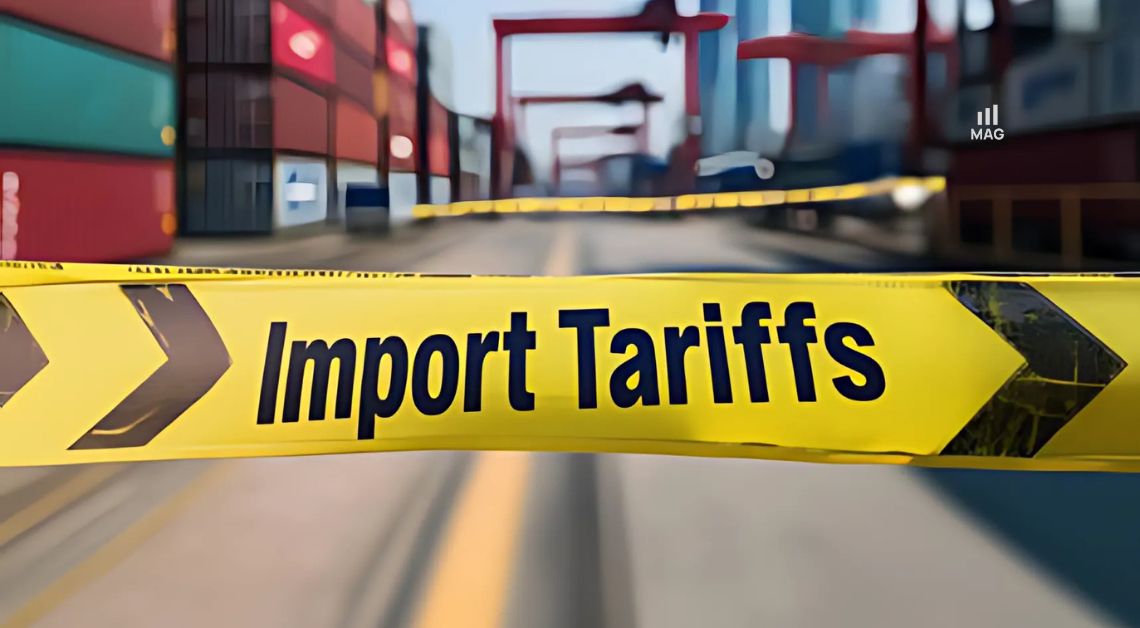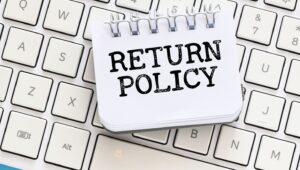
Price increases offer an immediate reaction for surviving the tariff tension, but lasting strength in the tough e-commerce world demands more diverse tactics.
With rising import tariffs back in the spotlight, many sellers are defaulting to price increases as their first line of defense. While this approach might offer quick relief, it raises the question, “Can it truly support long-term business health?”
Research from Yale’s Budget Lab estimates that tariff-related price hikes will raise household expenses by $3,800 this year, with an average increase of 2.3 percentage points. Understandably, businesses are reacting, but this move comes at a cost. According to the Law of Demand, higher prices tend to reduce how much people buy, even if their overall need stays the same.
In an already competitive e-commerce space, relying solely on price increases could weaken demand and customer retention. Sellers looking to stay resilient need to consider more balanced strategies to absorb rising costs while keeping their audience engaged.
Tariffs and trade tensions leading to higher prices, consumers could shoulder the cost
A new round of new tariffs proposed by former President Donald Trump is stirring trade tensions across industries, with Amazon CEO Andy Jassy warning that consumers are likely to feel the impact at checkout. Speaking in an interview with CNBC, Jassy said he expects sellers will attempt to pass the increased import costs directly to buyers, given the narrow profit margins many operate under.
Reuters reported that Chinese electronics company Anker has begun raising prices on its U.S. listings, marking a clear sign that the latest tariffs on Chinese goods are beginning to hit American consumers. Anker is one of the largest sellers on Amazon, known for items ranging from power banks to phone accessories,
Since last Thursday, Anker has increased prices on roughly 127 products, representing about one-fifth of its catalog on Amazon. The average price hike has been 18%, with the majority of adjustments occurring after April 7, the day President Donald Trump imposed an additional 50% import duty on Chinese imports.
Consumers Face Higher Prices Across the Board
As the Trump administration moves to implement a fresh round of country-specific tariffs, American consumers are being warned to brace for price increases on everyday goods, from groceries and apparel to auto parts and recreational items.
With tariffs targeting key trading partners, the impact is expected to be widespread, especially if the added import costs are fully passed through to consumers. According to sample scenarios released by the Center for American Progress, the effect on retail prices could be significant.
For instance, a toddler clothing set imported from Cambodia, currently priced at $24, could jump to $35.76 under a 49% tariff. Jeans made in Egypt, once selling for $39.98, may rise to $43.98 with a 10% tariff.
Recreational goods aren’t exempt. A soccer ball from Pakistan, where 70% of the world’s soccer balls are produced, could see its price increase from $17.99 to $23.21 under a 29% tariff.
Even the grocery aisle isn’t spared. Coffee imported from Brazil, the top supplier to U.S. consumers, could rise from $8.30 to $9.13 with a 10% tariff in place.
With rising costs looming, the burden of tariffs is likely to be felt most immediately at checkout. Whether retailers and manufacturers absorb some of the impact or push it entirely onto consumers remains to be seen, but one thing is certain: tariffs have a real and measurable cost for American households.
Harvard Business Review"Setting prices too high would reduce demand and market share..."
Is pricing hike the only way of surviving the tariff tension?
A Modern Retail article details how Amazon sellers are rewriting their marketing plans.
Amid rising platform fees and newly imposed tariffs from President Trump, many Amazon sellers are questioning whether raising prices is the only path to survival.
To protect margins, many brands have already increased prices by 5–7%, but the strategy doesn’t end there.
Less discounts on peak events
Jared Mason of Pattern noted that brands are also pulling back on aggressive discounting during peak events like Prime Day. Some sellers are discontinuing low-margin products or even considering exiting Amazon in favor of more profitable sales channels.
Full-funnel strategy
Brands are building full-funnel strategies, including influencer gifting, social media campaigns, and off-Amazon marketing to reduce dependence on Amazon’s ad ecosystem. Digishopgirl Media’s Katya Constantine says brands are “tightening up” ad budgets and moving away from mid- and upper-funnel campaigns.
Adopting helpful technology
BellaVix is leveraging ChatGPT to optimize listings for visibility in Amazon’s AI-powered shopping assistant, Rufus.
Spreetail is using AI to evaluate listing quality and improve conversion rates through better content and image selection.
Exploring social commerce
Social commerce is gaining ground as a cost-effective alternative.
Obvi, a collagen supplement brand, is doubling down on creator marketing, targeting 500 new affiliates monthly.
With Amazon’s Creator Connections, sellers are turning to revenue-share influencer deals that are cheaper than traditional ad spending.
Reducing cart abandonments
As tariff-related costs continue to squeeze profit margins, recovering lost revenue becomes more important than ever. With cart abandonment rates averaging 70% globally in 2025, ecommerce sellers are leaving serious money on the table.
Reducing cart abandonment not only boosts conversion rates and average order value. It also cushions the financial blow from rising tariffs.
Tools like cart abandonment software automate follow-up emails and SMS reminders, helping you win back lost sales without added overhead. Shopify highlights what to look for in these tools: seamless integration, ease of use, customization, scalability, and clear reporting.
If price increase is the way to go, is now the best time to do so?
With recent tariff announcements targeting imports from China, many Amazon sellers are understandably concerned about rising costs. At this stage, our Amazon agency does not recommend immediately increasing your product prices.
The tariff environment is still evolving, and reacting too quickly could unnecessarily impact your conversion rates and competitiveness. Instead, take this time to reassess your landed cost of goods, calculate potential margin impacts, and open discussions with your manufacturer to renegotiate pricing.
Chinese suppliers are likely aware of how this may affect demand and may be open to adjustments. Until tariffs are finalized and directly impact your shipments, stay the course and focus on strategic planning rather than reactive price changes.






